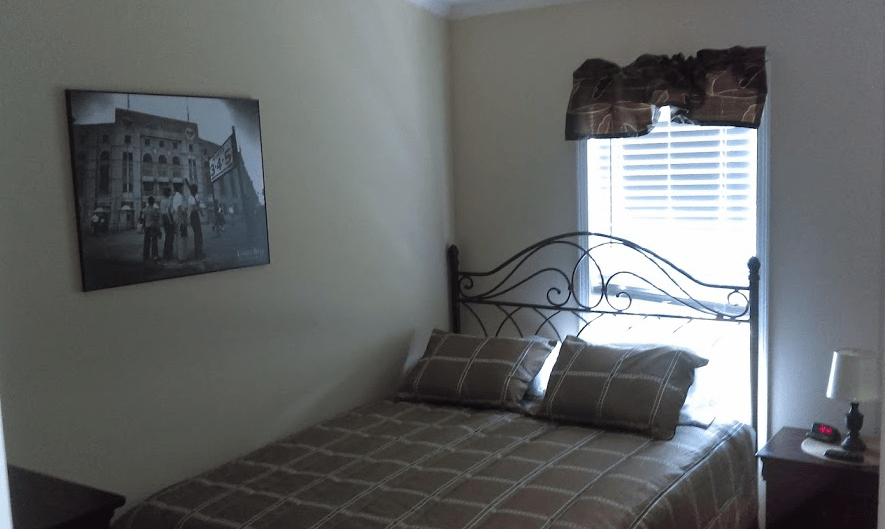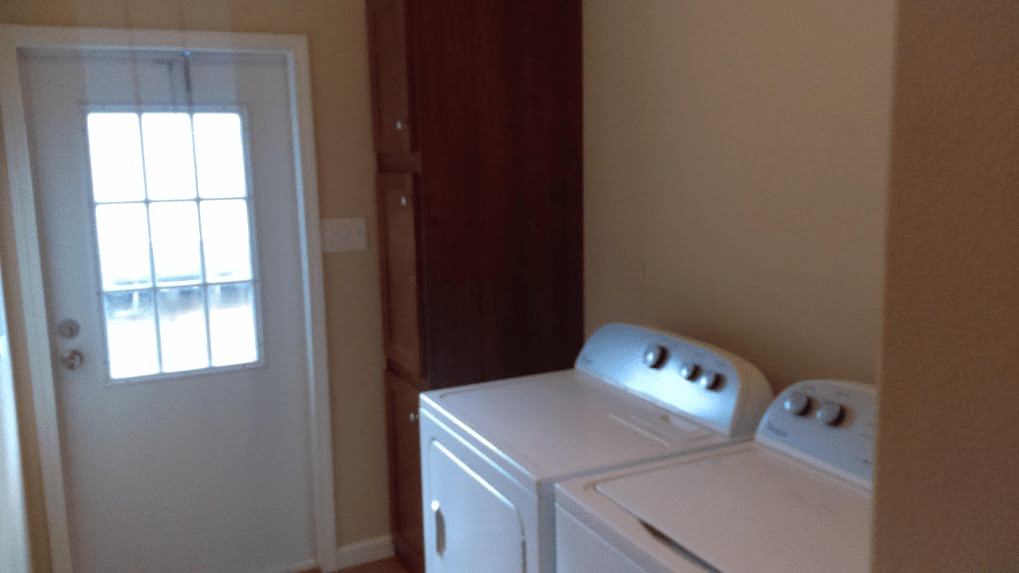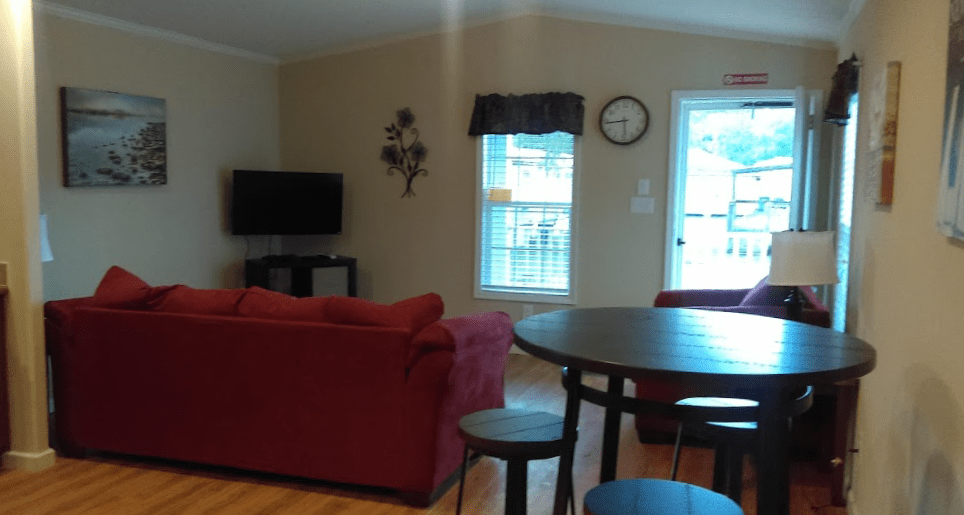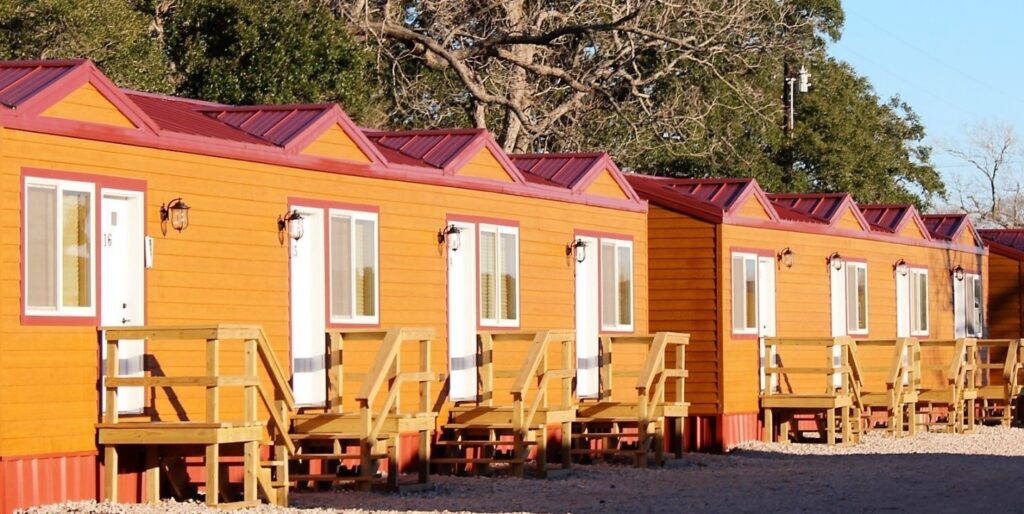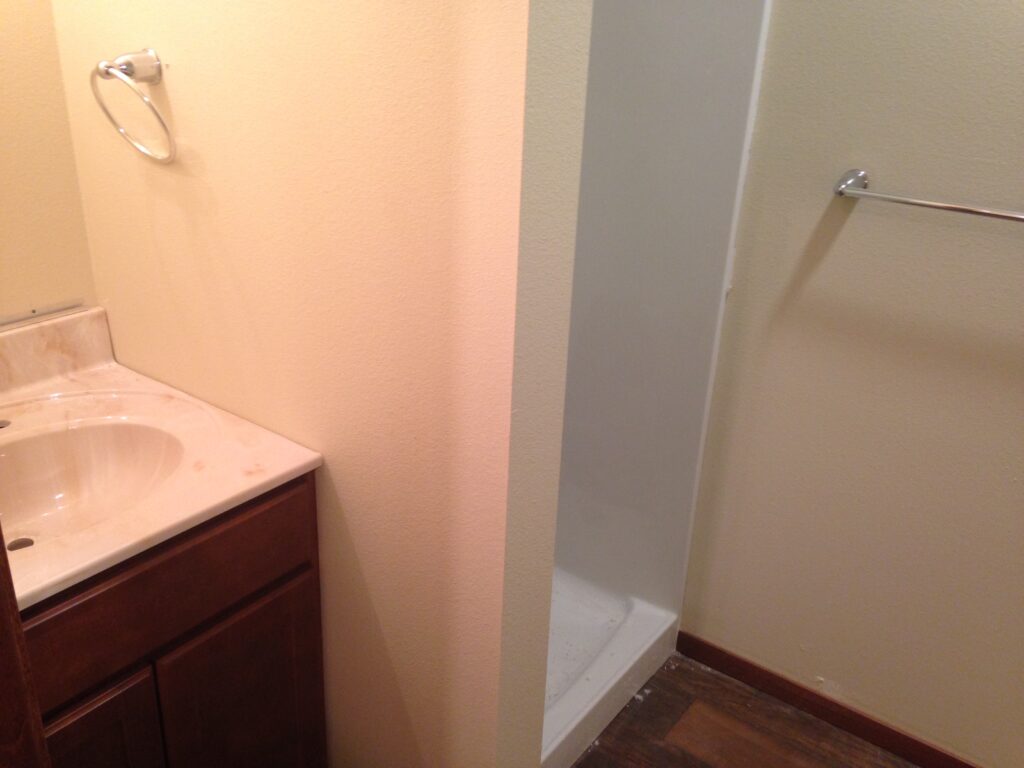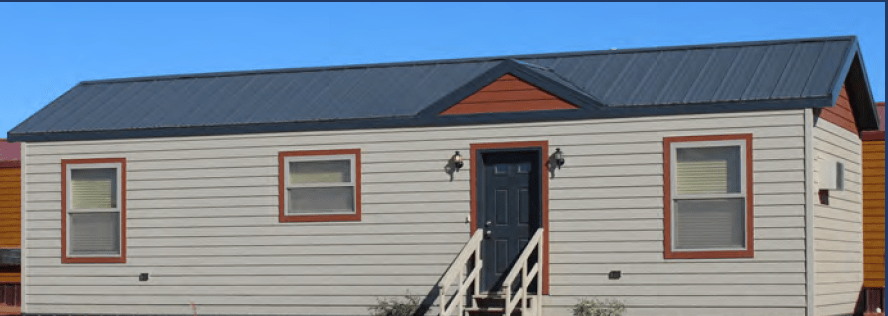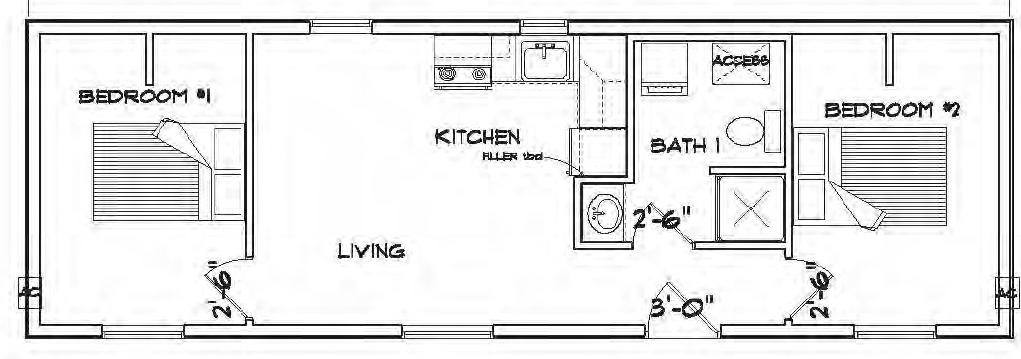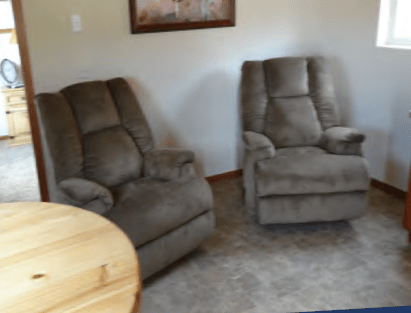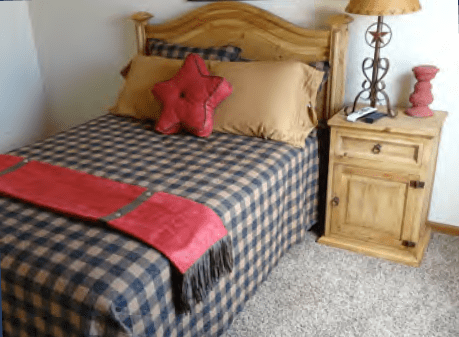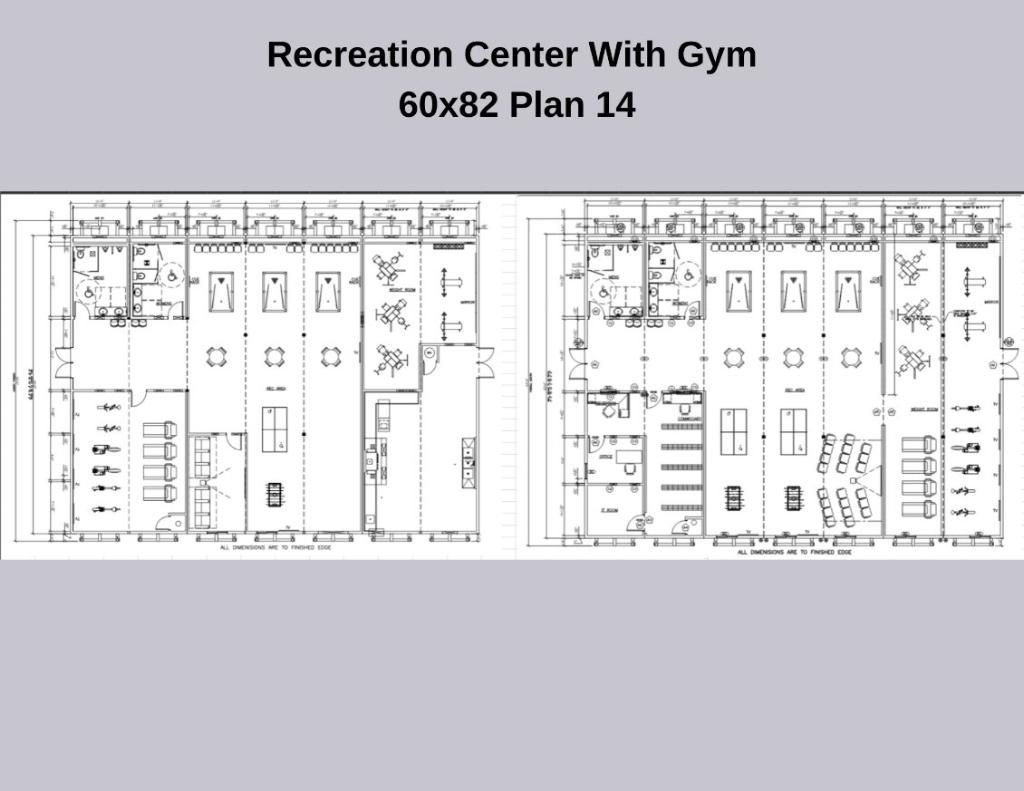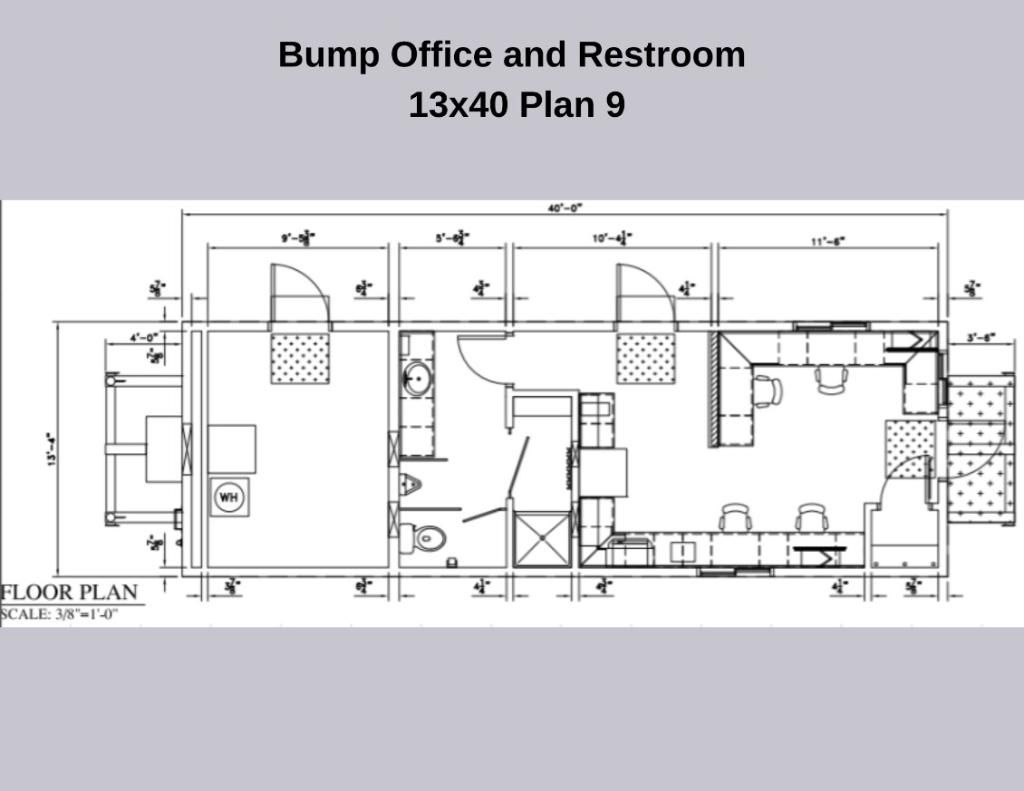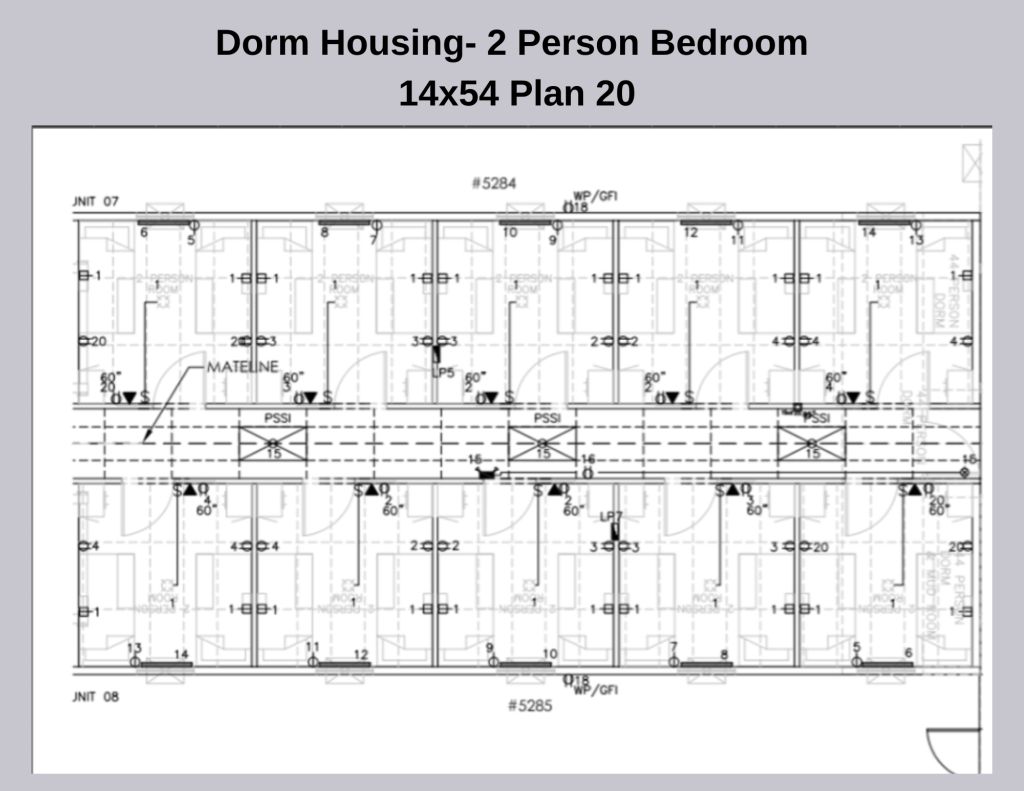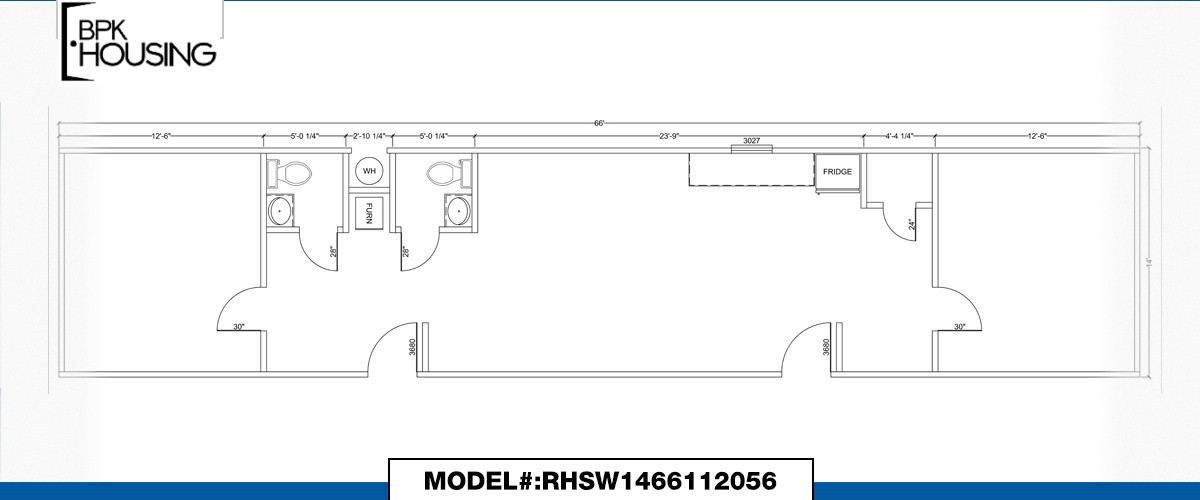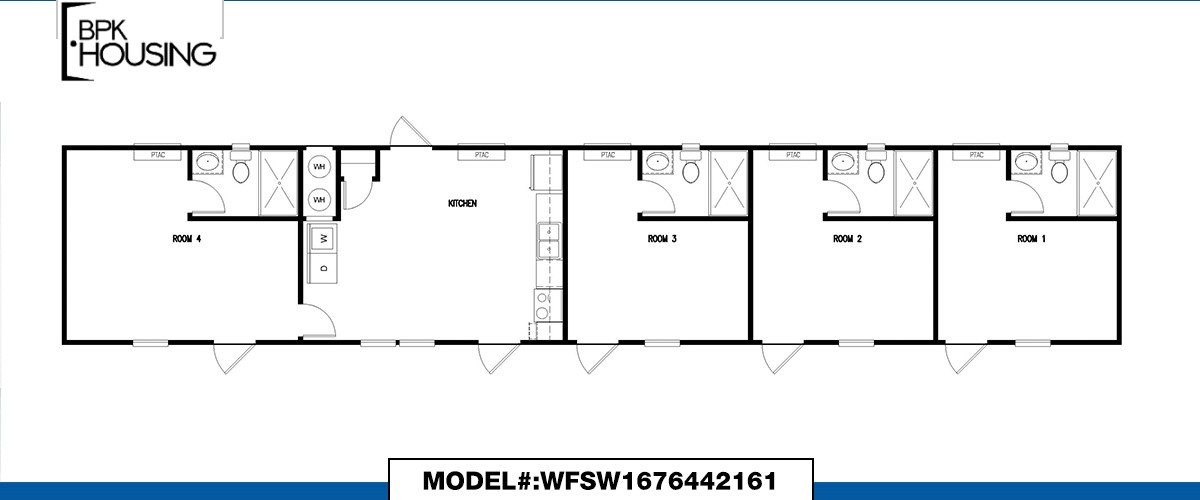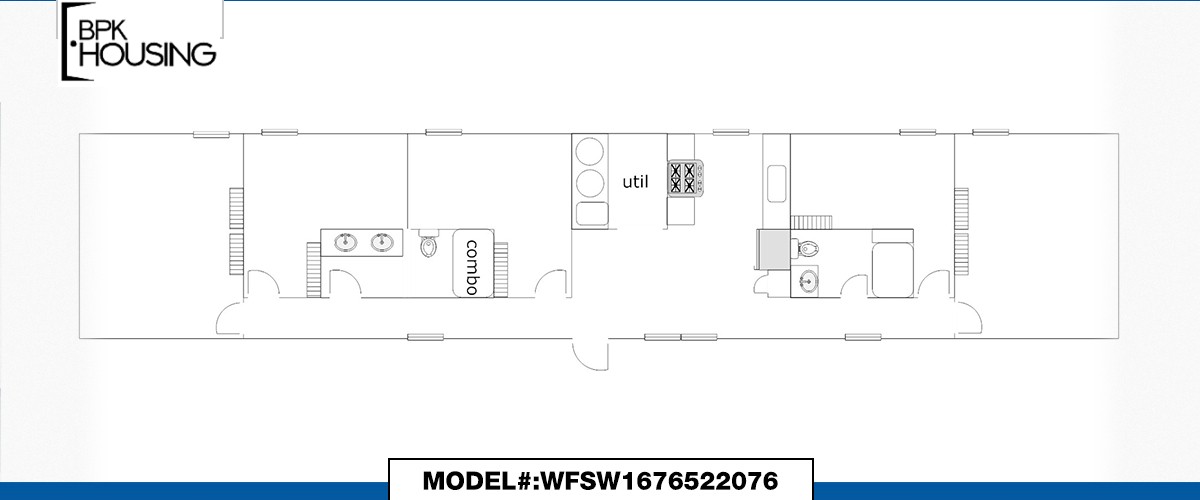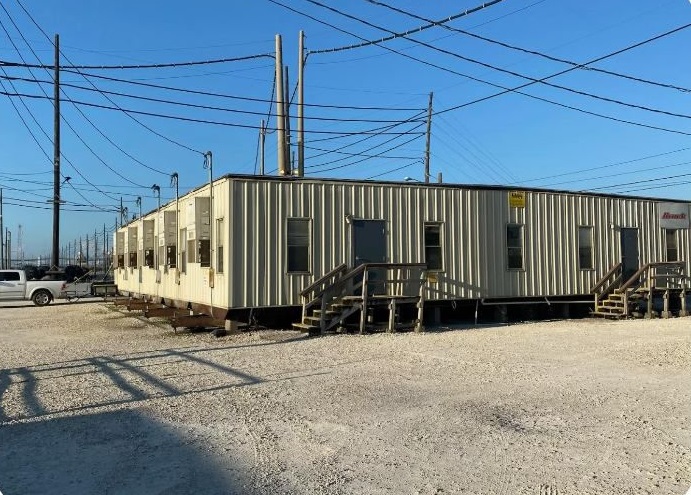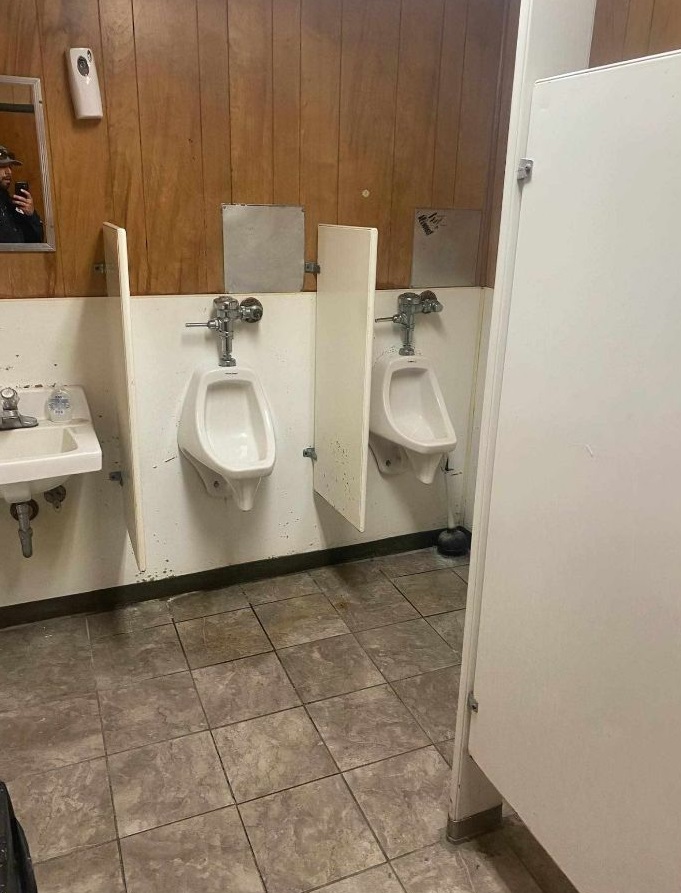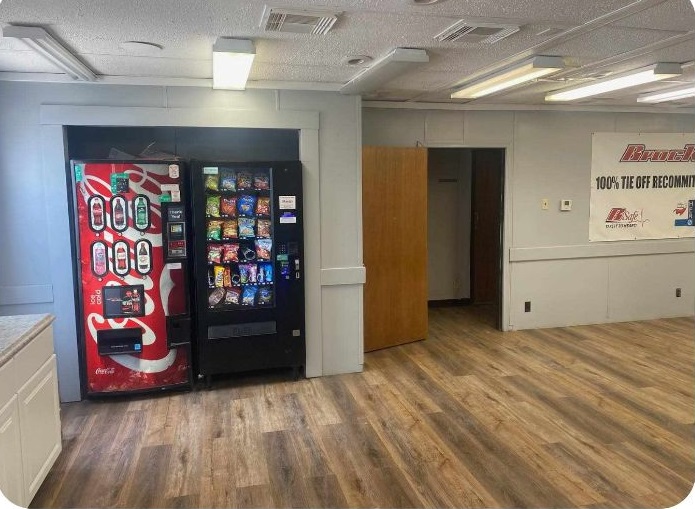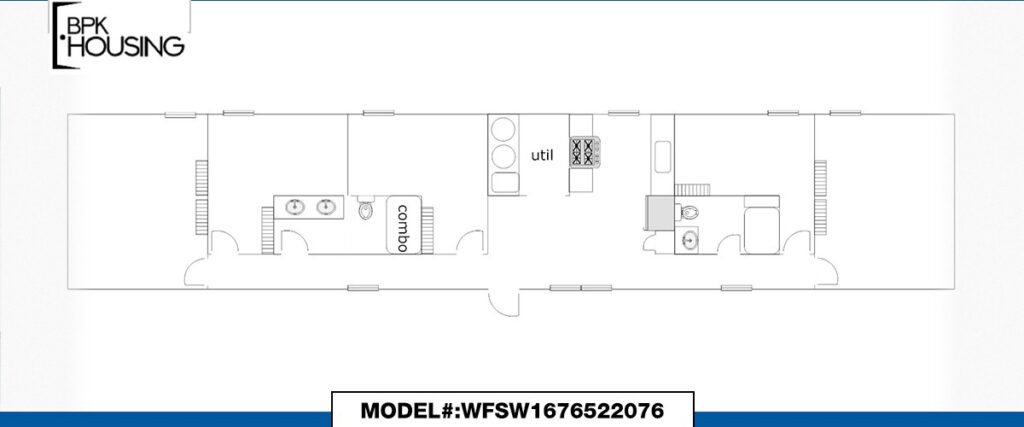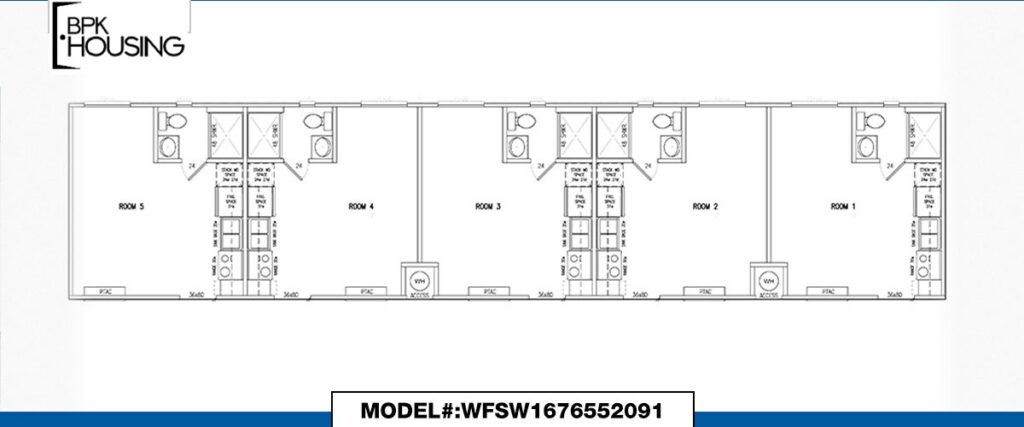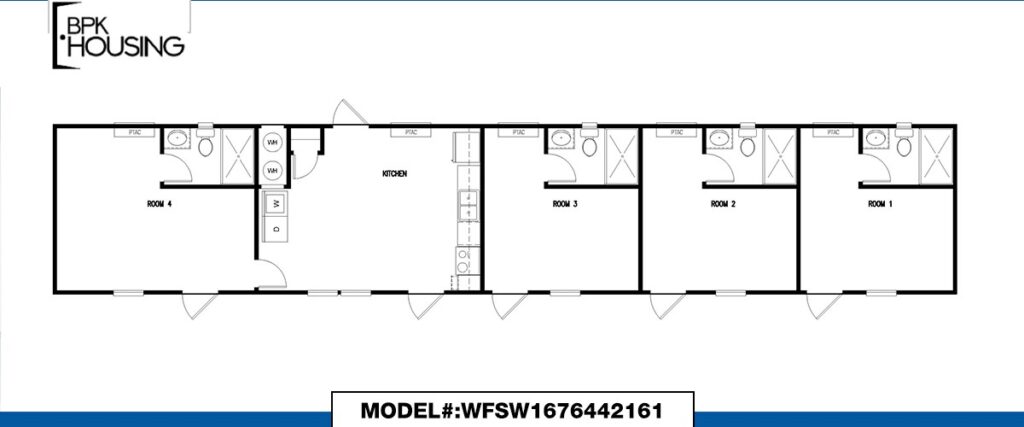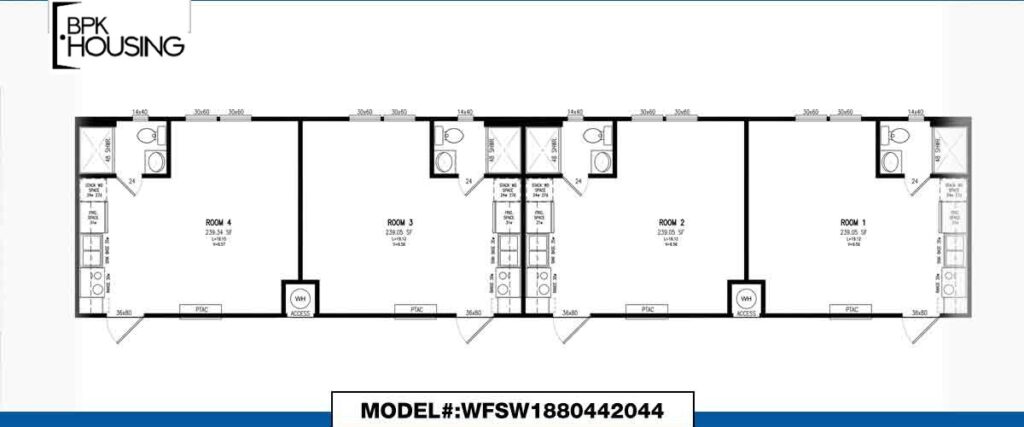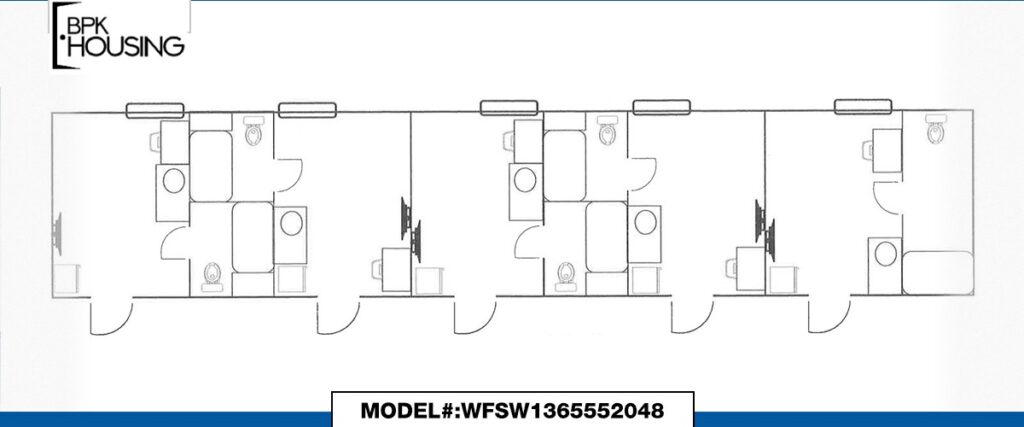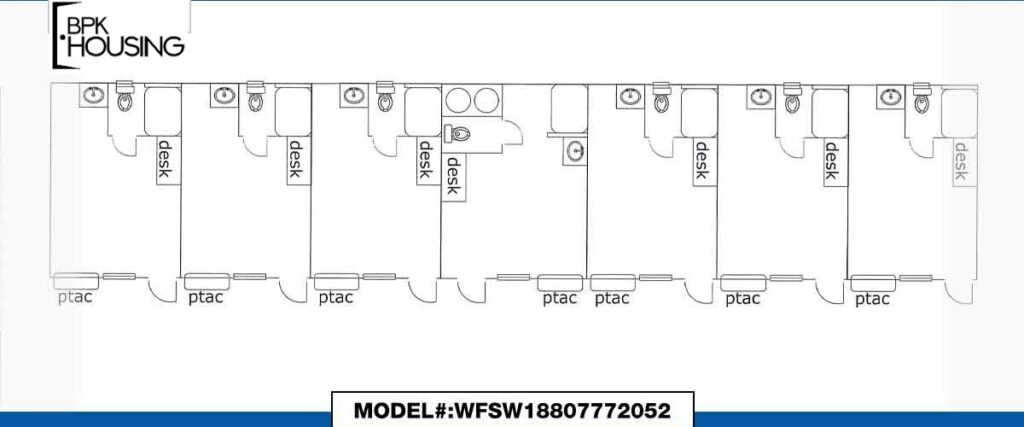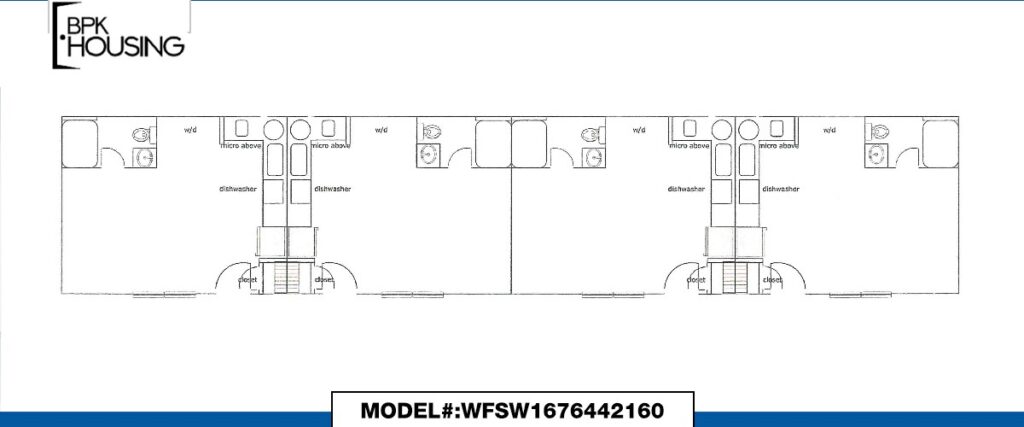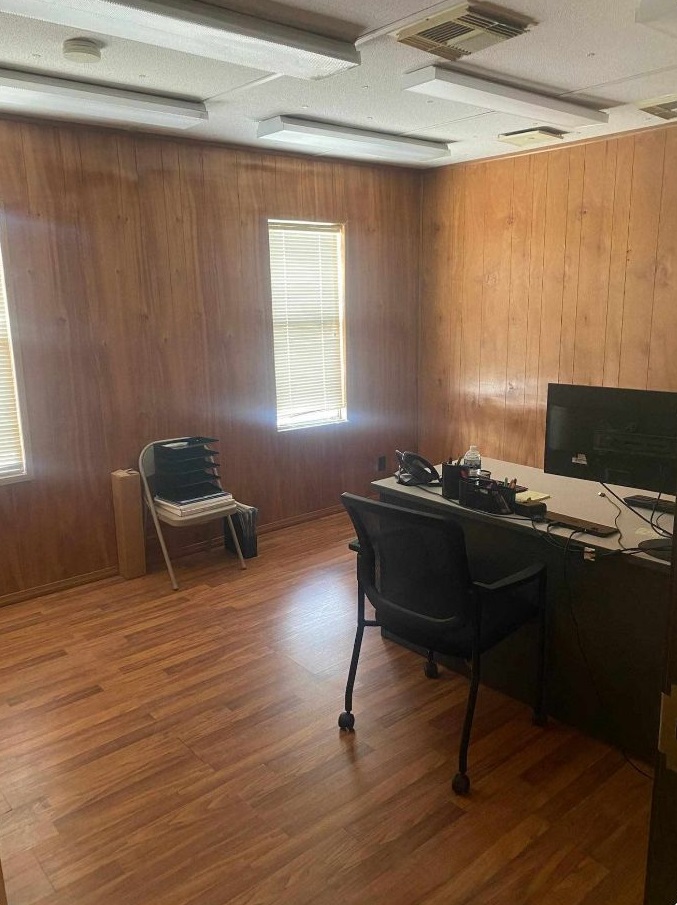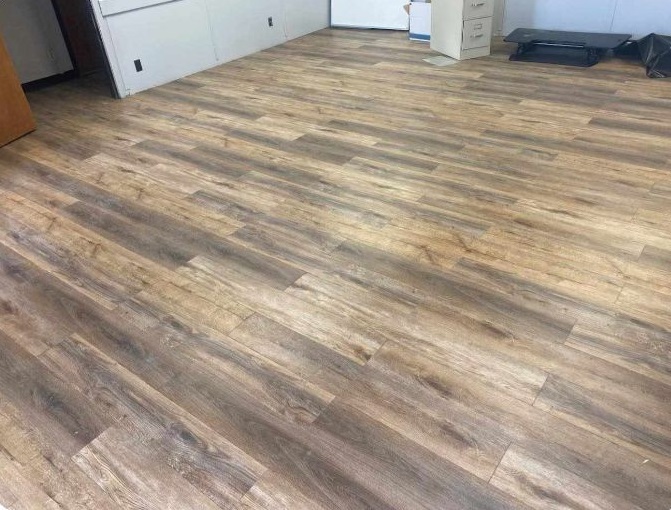Immigrant housing resources and information
Migrant Labor Housing Facilities Rules from TDHCA.state.tx.us/mh
Migrant labor housing facilities (MLHFs) are defined in Texas Government Code §2306.921 as facilities that are established, operated, or used for more than three days as living quarters for two or more seasonal, temporary, or migrant families or three or more seasonal, temporary, or migrant workers. In Texas, MLHFs are required to be licensed by the Texas Department of Housing and Community Affairs (TDHCA).
The TDHCA has established a number of rules and regulations for MLHFs, which are designed to protect the health and safety of the occupants. These rules cover a wide range of topics, including:
- Facility construction
- Sanitary conditions
- Water supply
- Toilets
- Sewage disposal
- Storage, collection, and disposal of refuse
- Light and air
- Safety requirements
- Fire protection
- Equipment
- Maintenance and operation of the facility
MLHFs are subject to regular inspections by TDHCA staff. If a facility is found to be in violation of any of the rules, the TDHCA may issue a citation or even suspend or revoke the facility’s license.
Here are some of the key rules that MLHFs must comply with:
- The facility must be structurally sound and in good repair.
- The facility must have adequate ventilation and lighting.
- The facility must have a safe and adequate water supply.
- The facility must have adequate toilet and bathing facilities.
- The facility must have a safe and sanitary sewage disposal system.
- The facility must have adequate trash and garbage disposal facilities.
- The facility must have adequate fire protection measures in place.
- The facility must be kept clean and well-maintained.
MLHF owners and operators are responsible for ensuring that their facilities comply with all applicable rules and regulations. If you are considering renting or living in an MLHF, it is important to make sure that the facility is licensed by the TDHCA and that it meets all of the necessary safety and health standards.
You can learn more about MLHFs and the TDHCA’s rules and regulations by visiting the TDHCA’s website at https://tdhca.state.tx.us/migrant-housing/index.htm.
How to report an unlicensed MLHF
If you are aware of an unlicensed MLHF, or if you believe that an MLHF is not meeting the required safety and health standards, you can report it to the TDHCA by calling 1-877-313-3023.
Homelessness is a tragedy for anyone. Being homeless as a new immigrant can be even more challenging. Though each immigrant experience is unique, there are best practices for helping immigrants to access housing resources. The PATH TA Center’s Melissa Martin spoke with Toby Guevin of the Massachusetts Immigrant and Refugee Advocacy Coalition to learn more.
Toby Guevin, State Policy Director of the Massachusetts Immigrant and Refugee Advocacy Coalition, understands the struggles providers face in securing housing for new immigrants. Providing interpretive services is only the first step towards securing housing. As Guevin explains, “Communities need linguistically and culturally competent workers in community-based organizations that have legitimacy within an immigrant community.” In addition to being culturally competent, providers must also understand the resources available in each community and different eligibility requirements.
A good way for providers to begin is to keep a list of which groups of people are eligible for housing benefits in their community based on their immigration status. For example, though requirements vary from state to state, the following immigrant groups are generally eligible for public housing and Housing Choice vouchers (Section 8) from the U. S. Department of Housing and Urban Development (HUD):
- lawful Permanent Residents,
- refugees and asylees,
- victims of trafficking and their derivative beneficiaries,
- certain battered women and children who are not lawful permanent residents,
- persons paroled into the country for at least one year,
- persons granted withholding of deportation,
- temporary residents under the Immigration Reform and Control Act (IRCA) general amnesty or paroled into US for less than 1 year,
- Cuban-Haitian entrants, and
- citizens of Micronesia, the Marshall Islands, and Palau (Broder & Blazer, 2009).
Once providers understand the different categories of immigrants eligible for publicly funded housing assistance, the next step is becoming familiar with the barriers immigrants face when attempting to access housing benefits. These may include discrimination from landlords or shelter staff or services that are not culturally competent. New arrivals may experience fear of deportation or distrust of government officials as a result of trauma suffered in their home countries (Access Alliance, 2003). Guevin recommends education and outreach as the first step toward addressing these barriers. Providers can make consumers feel more comfortable accessing benefits by educating them about their legal rights and eligibility.
New immigrants may have misconceptions about eligibility for housing assistance. Guevin offers more information about common concerns expressed by consumers and helps to clear up misconceptions about eligibility:
Concern: My friend or relative was not eligible for housing, so I must not be eligible.
Fact: There are many categories of citizenship status. Even if a friend or relative was found to be ineligible, that doesn’t mean that the individual will be ineligible.
Concern: I was not eligible for food stamps. I must not be eligible for housing.
Fact: Benefit granting agencies have different citizenship eligibility requirements. Even if an individual is not eligible for one kind of benefit they may be eligible for another.
Concern: My child is documented, but I am not. This means that we cannot access public housing.
Fact: If at least one member of the household is eligible for housing benefits based on immigration status, the family may reside in HUD public housing but the subsidy will be pro-rated (Broder & Blazer, 2009).
Concern: I do not have documents. I cannot speak with a housing worker because they could report me to Immigration and Customs Enforcement (ICE) and I could be deported.
Fact: Housing workers cannot report consumers to ICE for failure to produce a social security number. Contact your state welfare office to check state specific laws on this issue. Please note that providing a fake social security number is a federal offense. Never provide a fake social security number.
Concern: U.S. Citizenship and Immigration Services (USCIS) will reject my citizenship application because I applied for a public benefit.
Fact: While receiving Temporary Assistance for Needy Families (TANF) or other cash assistance can be used against the applicant when applying for US Citizenship, applying for housing benefits does not negatively impact citizenship applications (U.S. Citizenship and Immigration Services).
These are just a few of the common concerns faced by new immigrants. To best serve new immigrants, providers need to respond in a culturally competent way to immigrants’ specific concerns while staying current on benefit eligibility. Following this twofold approach will enable providers to help new immigrants navigate the system of applying for housing benefits while helping to prevent homelessness among vulnerable new immigrants.
Tens of thousands of people, increasingly families, seek asylum annually in the US. In 2020, the US granted asylum to 31,429 individuals, with many from countries of origin that include Venezuela, El Salvador and China. The responsibility to provide services to asylum seekers fleeing dangerous situations, who often arrive with nothing, has fallen predominantly on local governments and non-profits whose capacity is already stretched thin by existing challenges, like the homelessness crisis.
The process of seeking asylum is a long one, and migrants often face dangerous conditions and long journeys to reach the US. The legal process only formally begins when someone reaches a US port of entry. These individuals must apply for a Credible Fear Screening during which US immigration officials judge whether the individual is eligible for asylum. Eligibility is contingent on a demonstrated inability to return to their home country due to discrimination based on “race, religion, nationality, membership in a particular social group, or political opinion.” If credible fear is found, the asylum seeker must then appear in immigration court before a decision is made on their asylum status.
Some asylum seekers wait years to receive an interview and decision. NLC has long called for comprehensive immigration reform, which would “support a humane, just and dignified asylum system,” including increasing the federal government’s capacity and infrastructure to manage and process individuals making a border crossing.
Asylum seekers’ journey to safety and legal status is mired with obstacles. This blog will examine the barriers asylum seekers face to securing stable housing within the US and provide recommendations for how cities can support them in the short and long term.
Barriers to Housing
After facing tremendous hardship to reach the US, often being left with little means to begin their new life, asylum seekers’ first residence in the US is frequently in temporary federal custody. Asylum seekers generally receive limited government support in finding other temporary housing, forcing them to rely on local non-profits and shelters. While some asylum seekers may have family members of support networks elsewhere in the US, they likely lack the means to get there.
Many asylum seekers struggle to find employment without work permits and face discrimination in employment and housing. For example, some landlords are hesitant to rent to asylum seekers over concerns about a lack of stable income, which compounds the barriers asylum seekers already face to accessing housing. Language barriers can also make finding housing difficult and is an added challenge for navigating a new city in which public transportation may be insufficient or inconvenient. Lastly, the cities and non-profits working to serve and house these individuals and families already suffer from overloaded capacity, especially homeless shelters, many of which struggle with staffing and bed shortages.
What are Cities Doing to Address the Issue
The number of people displaced worldwide is rising and the US remains a place where asylum seekers believe they can build a better life. Cities need to consider how best to house asylum seekers who need temporary housing and those who are resettling permanently.
Short-Term
In the short-term, asylum seekers need access to temporary housing as their case is heard and as they transition into life in the US. Increasing available temporary housing capacity can help prevent asylum seekers from staying in crowded conditions or experiencing homelessness.
Albuquerque, NM launched the Rent to a Refugee Campaign, which encourages landlords to consider renting to refugees and asylum seekers. The campaign includes panels and online resources to educate landlords on the local, state and federal resources available to help refugees become financially independent. These resources include job training services and interim cash assistance available through the Department of Health and Human Services’ Office of Refugee Resettlement to help allay landlord concerns that asylum seekers will not be able to make rent. The program also helps landlords notify the city if they are interested in hosting refugees.
Washington, DC allotted $10 million to a newly created Office of Migrant Services in September 2022. The office aims to connect asylum seekers, refugees, and other migrants to the wraparound services they need to safely stay in Washington, DC while their cases are pending. These wraparound services include temporary housing, meals, medical support, legal services, transportation, resettlement services, and language support. The city will also help them find transportation to their next destination or stay in the city once a decision is made on their case. Like DC, other cities can serve as an important entry point for asylum seekers, and help coordinate between non-profit organizations to make it easier for asylum seekers to navigate available resources.
Long-Term
While temporary support is important, asylum seekers’ ultimate goal is often to obtain legal status and long-term, safe, secure and affordable housing.
Cities should expand existing tenant protections to support vulnerable renters. For example, housing navigators and interpretation services already exist, and cities can expand staffing or languages offered to support asylum seekers. Cities can also use risk mitigation funds to help encourage landlords to rent to asylum seekers. While risk mitigation funds typically target low-income households or veterans, for example, eligibility criteria could expand to specifically include asylum seekers.
Portland, ME is expanding permanently affordable housing options for asylum seekers. The city has already spent $60 million from July 2019 to June 2022 on housing asylum seekers, many in hotels, with costs reimbursed by the state. The state is also subsidizing new affordable housing projects specifically for asylum seekers, with support from the city’s $8.7 million affordable housing fund. Portland, ME is prioritizing both short-term and long-term housing for asylum seekers.
Boise, ID and the Idaho Office for Refugees joined together to create Neighbors United in 2009. The collaboration includes over 100 community members and organizations who work to increase access to formal and informal education opportunities, employment opportunities, quality healthcare, housing options, and transportation services for refugees and asylum seekers. Boise has also tried to educate community members and resettling asylum seekers on each other’s cultures to facilitate acceptance and integration. Neighbors United addresses issues ranging from housing, childcare and job needs. Cities should build similar collaborations regionally with service providers to better support asylum seekers.
What is Next for Cities
Housing and support services are critical to a compassionate response to the increase in asylum seekers. In the short term, cities can provide services like temporary housing and transportation support, and coordinate between non-profit providers working to support asylum seekers. More broadly, efforts to preserve, protect, and produce housing, especially affordable housing, will benefit asylum seekers staying temporarily or permanently in a city. Supports like job training programs can also help asylum seekers to build self-sufficiency. City leaders play a critical role in service provision and coordination and set the tone and stage for the wider community. As local leaders work to build strong and healthy communities, that includes welcoming and integrating new members to the community who will contribute to the overall workforce and economic competitiveness of the municipality.
Written with contributions from Amit Cohen, a former intern on the Housing and Community Development team at the National League of Cities.
Factors affecting access to housing

